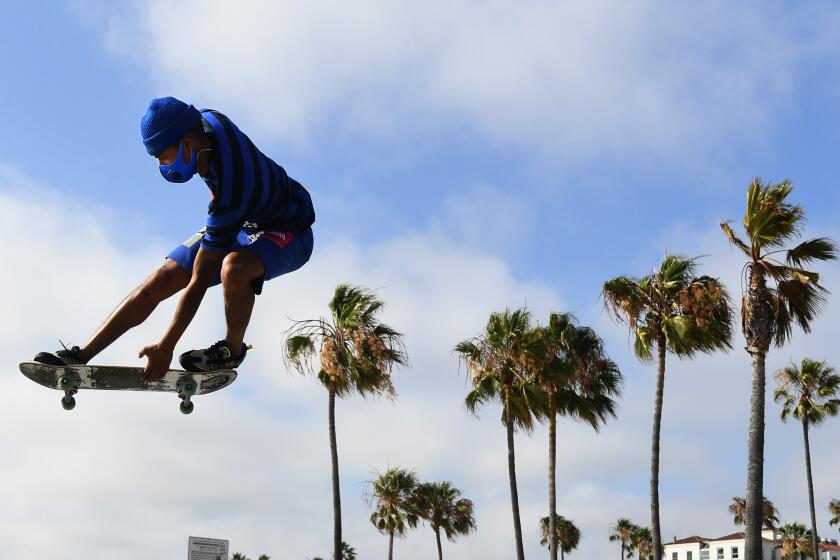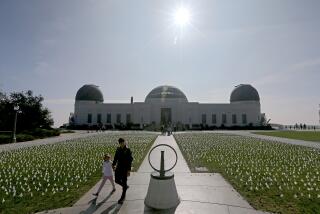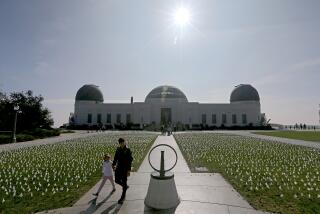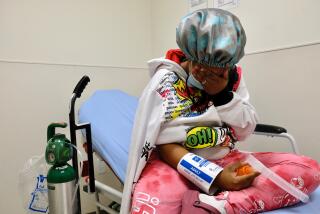After record-breaking day of coronavirus cases, California surpasses 6,000 deaths
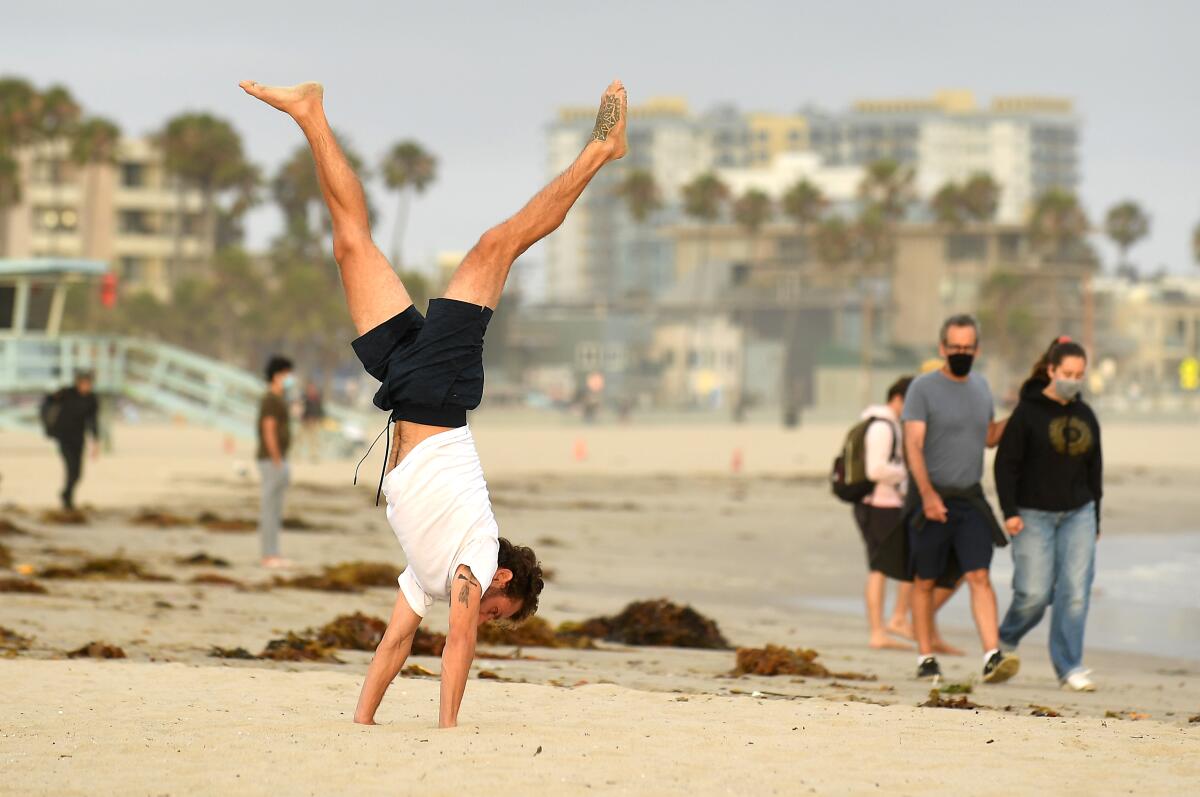
Three months after Gov. Gavin Newsom issued an unprecedented statewide stay-at-home order designed to stem the spread of the coronavirus, California recorded a new grim milestone: passing the threshold of 6,000 coronavirus-related deaths.
Tuesday’s news came one day after the state recorded its highest single-day count of COVID-19 cases. Monday’s tally of more than 8,000 infections broke the state’s daily record for the third time in eight days.
Gov. Gavin Newsom on Wednesday ordered tougher restrictions on indoor activities for most of the state, marking a major step backward in the reopening and an attempt to slow an alarming rise of the coronavirus in 19 counties.
In Los Angeles County, officials reported 45 additional deaths Tuesday and 2,779 more COVID-19 cases. It was the third consecutive day the county reported more than 2,100 cases following Monday’s highest single-day tally, which brought the county past 100,000 infections.
The enormous surge in cases, which now total more than 223,900 statewide, has prompted New York Gov. Andrew Cuomo to order anyone traveling to the state from California — and 15 other states that have seen recent spikes — to self-quarantine for 14 days.
New York has been among the hardest hit of all states, recording more than 31,000 deaths. New Jersey follows with more than 15,000 deaths, Massachusetts has more than 8,000, and Illinois, Pennsylvania and Michigan each have over 6,000 deaths, according to Johns Hopkins University’s coronavirus tracker.
The California increase is not simply the result of expanded testing capacity, officials have said.
The growing rate of infections and a spike in hospitalizations are proof the virus is spreading within communities. Health officials have attributed the rising numbers to a combination of events: the further reopening of many businesses, mass protests over the death of George Floyd and clusters of private gatherings.
“We’ve been very clear — this shouldn’t surprise anybody watching — as you reopen the economy, as we move away and make the meaningful modifications which we did to our stay-at-home order, you’re going to see people mixing that were not mixing in the past,” Newsom said during a news conference Monday.
Newsom says the state will make an announcement Wednesday on efforts to “toggle back” on the current health order. The announcement will include tighter restrictions related to the July 4 weekend; the governor says holiday gatherings are a major concern.
“If you’re not going to stay home and you’re not going to wear masks in public, we have to enforce [rules],” he said Tuesday.
In the months since the pandemic struck the U.S., nothing in the fight against the virus has changed except people’s social behaviors, experts say. The state is now closely monitoring 19 counties for surges in cases — which recently have skewed toward younger residents — and hospitalizations, which still largely affect older residents and those with underlying health conditions.

Some counties, including several in the Bay Area, have begun to step back their reopening efforts.
L.A. County was one of seven counties ordered Sunday by the state to close its bars. On Monday, local officials announced that beaches would be closed over the July 4 weekend, a little over a month after reopening ahead of Memorial Day weekend. The county also has banned fireworks displays over the holiday.
Sheriff Alex Villanueva said in a tweet the Sheriff’s Department would enforce beach parking violations over the three-day weekend and that beaches would be patrolled.
L.A. County health officials now estimate that 1 in 140 people are unknowingly infected with the coronavirus, a massive increase since last week’s projection of 1 in 400. With that in mind, Health Services Director Dr. Christina Ghaly said that officials were preparing for a surge in hospitalizations and an “increase in mortality” in the coming weeks.
Officials had warned of the possibility of a spike in cases with a resurgence in activity, but they weren’t prepared for the speed at which the jump would occur.
“What we didn’t expect was to see this steep an increase this quickly,” Public Health Director Barbara Ferrer said Monday.
More to Read
Sign up for Essential California
The most important California stories and recommendations in your inbox every morning.
You may occasionally receive promotional content from the Los Angeles Times.
